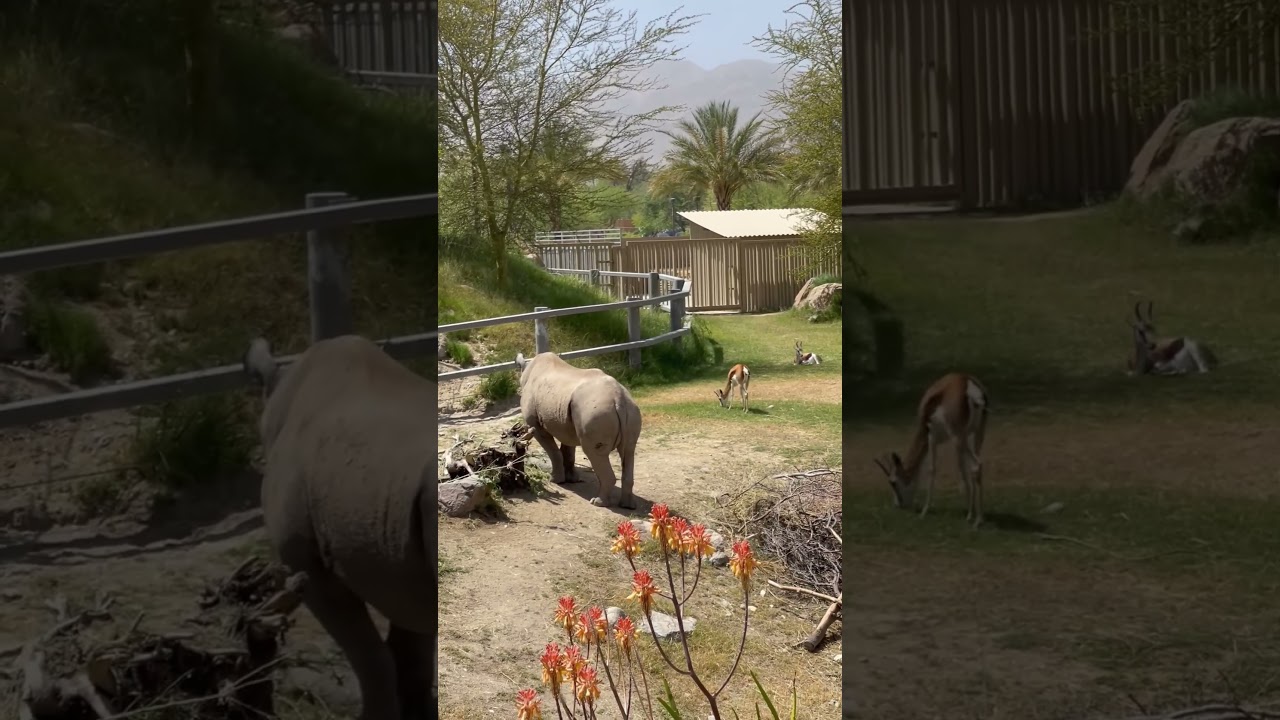– The significance of the Black Rhino and Springbok in their ecosystems
– Challenges facing Black Rhinos and Springboks in the wild
– Effective conservation strategies for these species
– The role of zoo management in wildlife conservation
– Enhancing public awareness and support for conservation efforts
The Black Rhino and Springbok represent two distinct yet equally critical components of their respective ecosystems in Africa. The Black Rhino, characterized by its formidable size and prehensile lip, is a key player in habitat management. Feeding on various vegetation, these rhinos help maintain the ecological balance, preventing certain species from dominating landscapes. Similarly, the Springbok, known for its incredible agility and seasonal migrations, plays a crucial role in seed dispersal and is a vital prey species for predators.
Despite their importance, the Black Rhino and Springbok face considerable threats in the wild. Poaching remains the most significant threat to Black Rhinos, driven by the demand for rhino horn in traditional medicine and as a status symbol. Habitat destruction and fragmentation due to agricultural expansion and infrastructural development pose additional challenges, restricting their range and impeding their ability to reproduce. On the other hand, while not facing the same threat as rhinos, Springboks deal with issues related to overhunting and competition with livestock for grazing grounds.
In response to these challenges, a multifaceted approach to conservation has been deemed necessary. For the Black Rhino, this includes anti-poaching initiatives, habitat restoration projects, and translocation efforts to create genetically diverse populations. Community involvement is also critical, as it fosters a sense of stewardship and provides alternative income sources to poaching. For Springboks, conservation measures focus on sustainable hunting practices and establishing protected areas that secure their natural habitats.
Zoo management is pivotal in wildlife conservation, serving as arks for endangered species like the Black Rhino. Zoos engage in breeding programs to bolster wild populations and genetic diversity. They also act as educational platforms, raising public awareness about conservation issues these animals face. Advocacy and funding initiatives led by zoos further support research and conservation projects in the wild, illustrating zoos’ integrated role in conservation efforts.
Educating the public and garnering support for conservation efforts are critical in safeguarding the future of the Black Rhino and Springbok. Awareness campaigns leverage traditional and social media to highlight the plight of these animals and the need for conservation. Moreover, community-based conservation programs directly involve local populations in protecting wildlife, ensuring their participation in preservation endeavors.
Protecting species like the Black Rhino and Springbok requires ongoing commitment and cooperation among conservationists, governments, communities, and international organizations. Their survival is pivotal for maintaining biodiversity and the health of ecosystems that humans and countless other species rely on. Engaging stories and information about these animals, reflecting the vibrant yet fragile nature of their existence, are vital in fostering a global community ready to support conservation efforts. By working together, it is possible to secure a future where the tails of Black Rhinos and Springboks continue to wag, signaling a thriving, balanced natural world.
*****
Source Description


